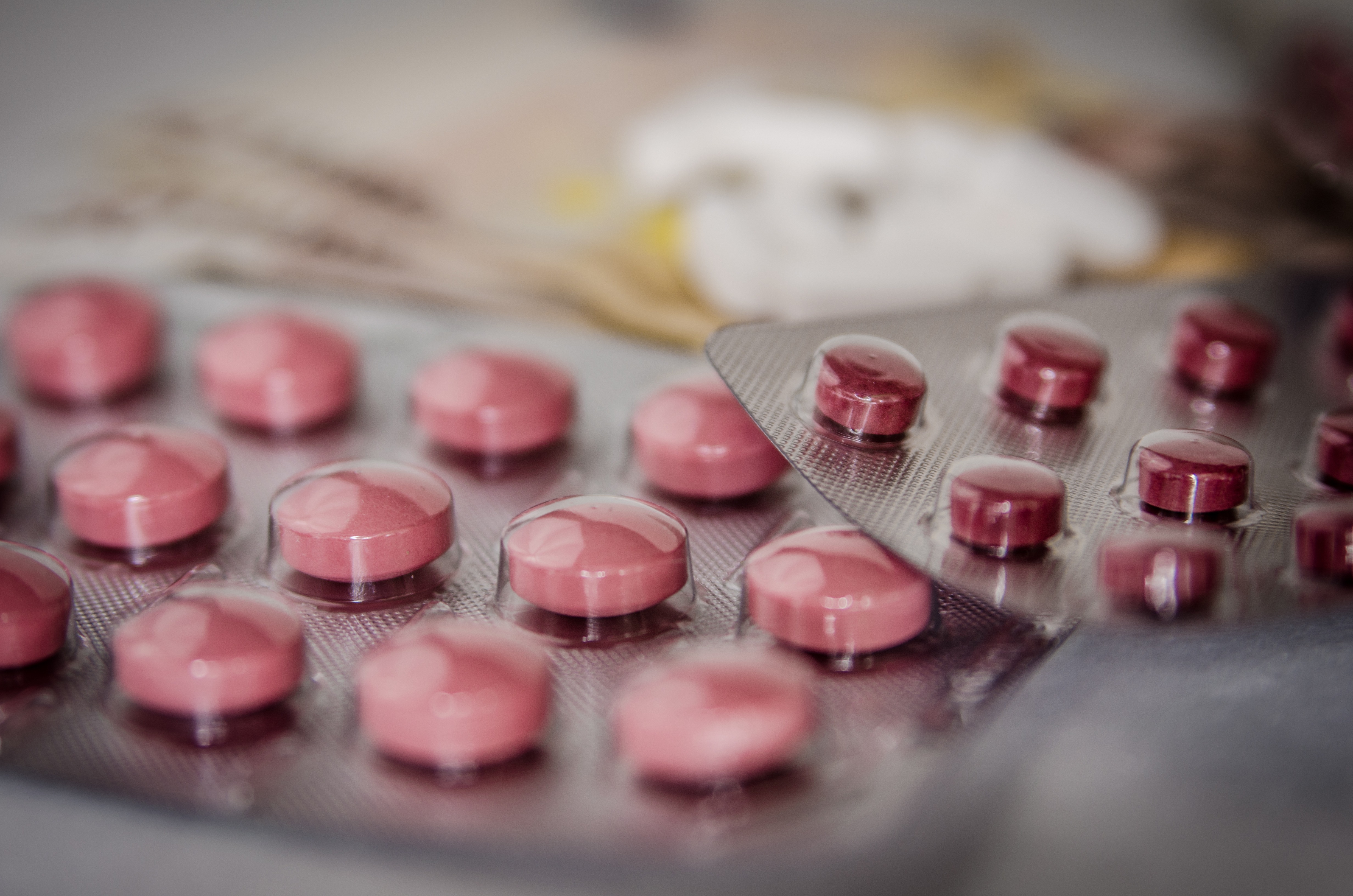Counterfeit medicines have been pervading the pharmaceutical industry, with a sharp increase by 51% between the years 2011 and 2015 as per the Pharmaceutical Security Institute in Vienna.

The high reimbursement costs of medicines due to the higher R&D risks have attracted a massive chain of drug racketeers that sell spurious medicines at prices too good to believe.
Even legitimate pharmaceutical supply chains, including community and online pharmacies, haven’t been spared by adulterine medicines.
Counterfeit drugs pose a serious health threat to the public and cause serious financial damages to pharmaceutical companies.
Fake medicines are of two kinds – contaminated, contain the wrong or no active ingredient; or could contain the right active ingredient at the wrong dose.
However, identifying counterfeit medicines, with the current technology, is not bereft of challenges.
Identifying Spurious Drugs
There are a variety of methods currently employed to detect bogus medicines – intelligence gathering or random checks by Customs, laboratory methods such as spectroscopy and chromatography, SMS texting, handheld or portable laboratories, and radiofrequency identification and serialization.
The recent formed EU Falsified Medicines Directive (FMD) has mandated in member nations that all prescription medicines were serialized, verified and authenticated from February 2019.
Serialization is the process of designating and printing a unique code onto the medicines packs; and verification is the process for identifying and checking that code.
Authentication is the final scanning of a medicine and the subsequent decommissioning of a non-genuine product at the point of supply to the patient.
Challenges of Anti-Counterfeiting
From various studies, it has been found that the operational detection rate of counterfeit, recalled or expired medicines scanned as a combined group was between 81.4% and 87%.
While the technology’s theoretical detection rate was 100%, not all medicines were scanned; and of those that were, not all that generated a warning message were quarantined.
Owing to an operational authentication rate of 66.3%, only 31.8% of counterfeit medicines, 58% of recalled drugs, and 64% of expired medicines were detected as a proportion of those entered into the study.
Although the detection of medicines was largely effective from a technical perspective, its implementation in a complex environment such as a secondary care pharmacy could be challenging.
Conclusion
The studies highlighted alarming quality and safety issues that can compromise the detection of counterfeit medicines.
Large amounts of research and a boost in innovation is needed for further establishing the reasons for less than absolute authentication and detection rates in hospital environments, in order to improve this technology.
It is vital to address the implementation approach to this technology and train personnel to use it efficiently.

